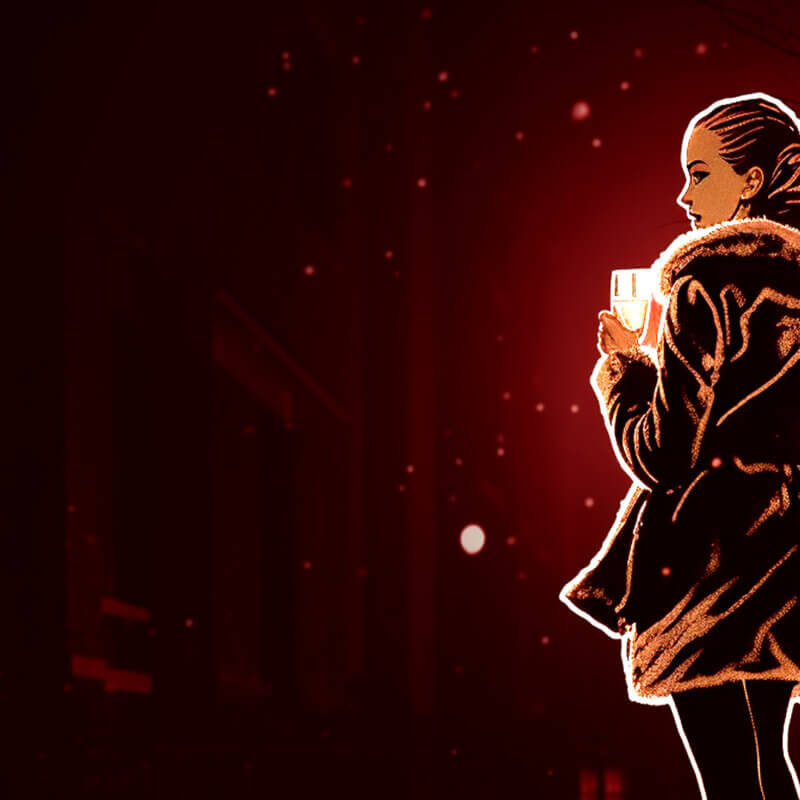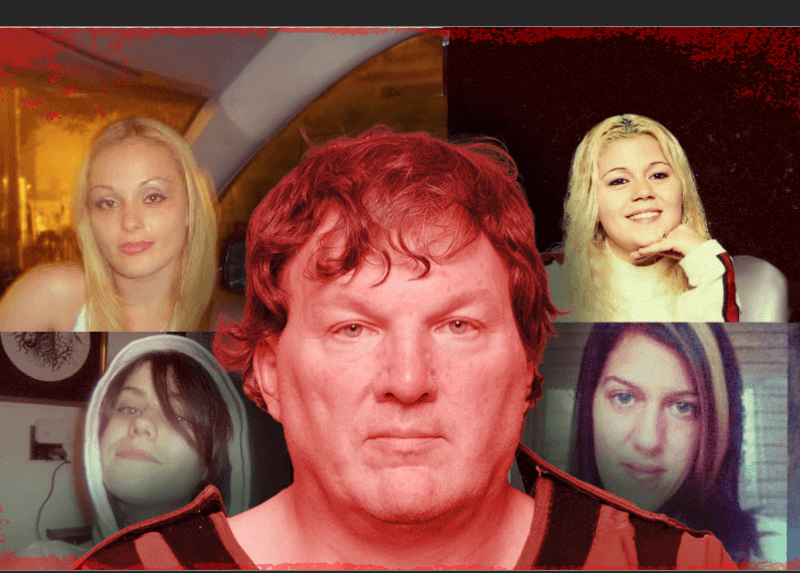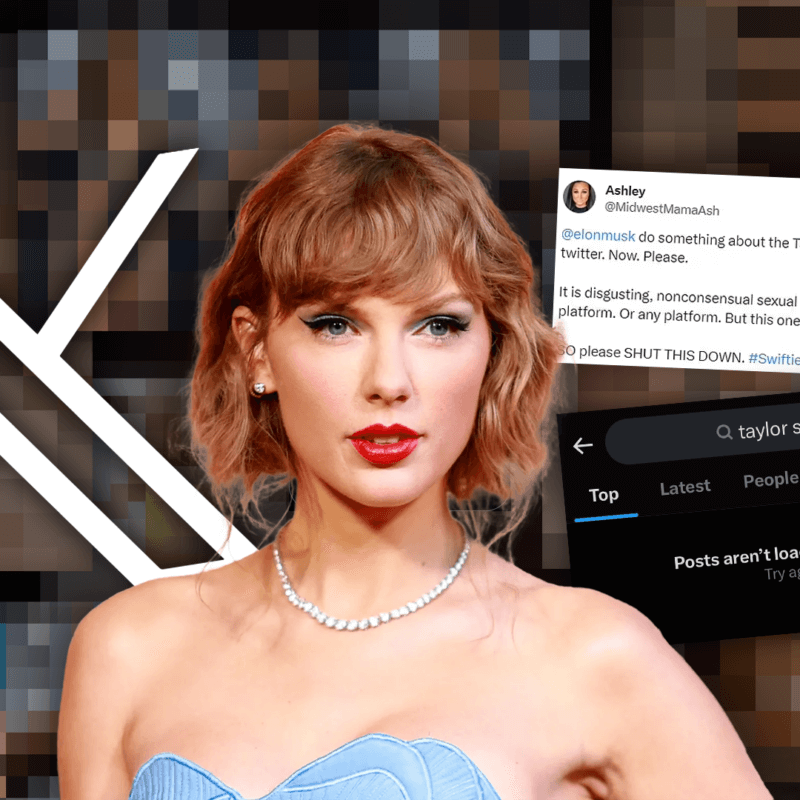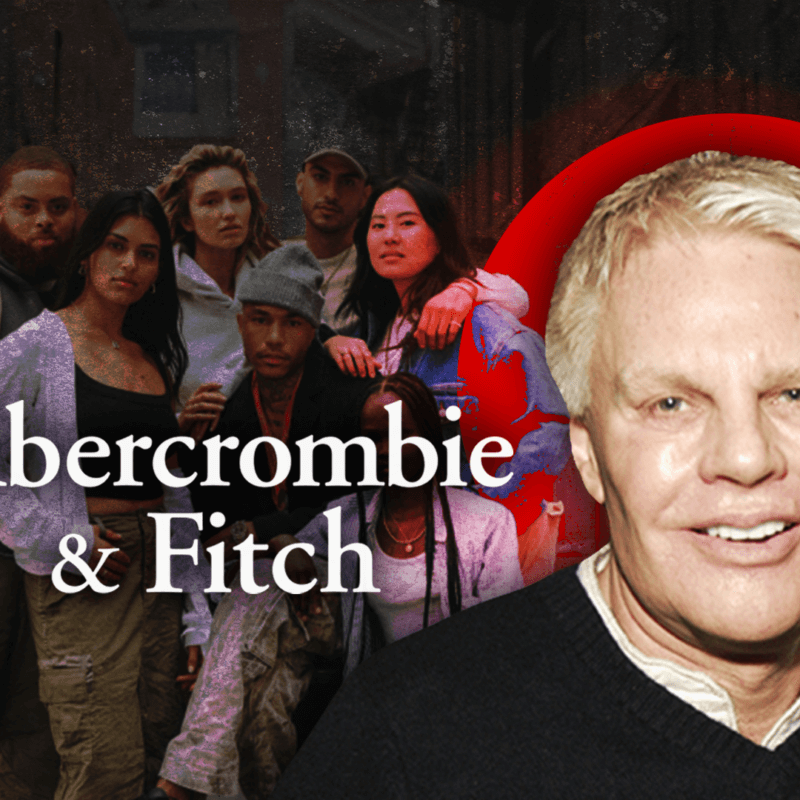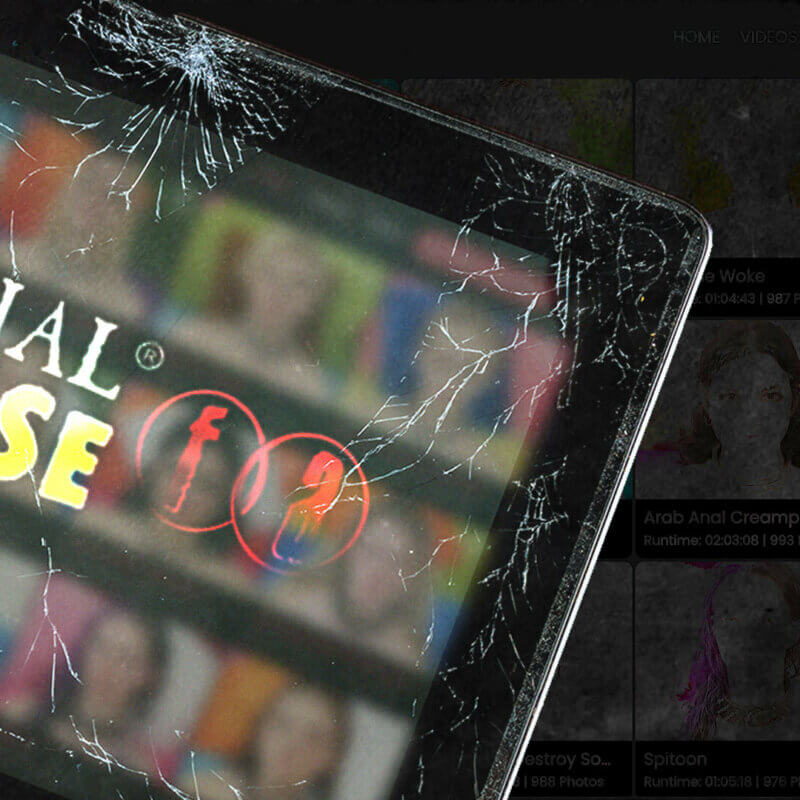

Believe it or not, there is a simple law that could uproot sex trafficking and sexual exploitation worldwide, sparing tens of millions of vulnerable women and children from a life in the sex trade. And its effectiveness has already been proven.
The Abolitionist Model, also known as the Equality or Nordic Model, decriminalizes those who are being sold in the sex trade and offers them crucial resources and services while criminalizing all third-party profiteers—pimps, traffickers, facilitators, brothel keepers—and sex buyers.
Originally implemented in Sweden in 1999, the approach focuses on these three key aims:
- To decriminalize all those who are prostituted.
- To provide services to help them leave.
- To make sex buying a criminal offense.
While governments throughout the world view trafficking as a grave human rights issue.The same is not true of prostitution. Countries take different policy and legal approaches to their commercial sex markets. Most criminalize every aspect of a commercial sex transaction: the prostituted person, the buyer, and third parties (e.g., brothels). This is called a “prohibitionist” model. Many other countries are swinging the other way: fully decriminalizing prostitution, sex buyers, and brothels. However, both approaches are inefficient and cause more harm than good.

Why the Abolitionist Model of Prostitution
Trafficking WILL continue so long as there is an uninhibited demand for prostitution. Trafficking and prostitution are inextricably intertwined. Why? Because there aren’t enough women willing to offer their bodies to every man willing to pay for a sexual encounter. Pimps (i.e. traffickers) and other facilitators come in to fill that void and ensure women are made available for purchase, by whatever means necessary.
In order to choke out that demand from sex buyers and uproot trafficking, the purchase and attempted purchase of human beings for sex should be made a criminal offense, everywhere in the world it takes place. If we tackle the demand, the supply will be reduced.
The Abolitionist Model decriminalizes all those who are prostituted, provides support services to help them exit, and makes buying people for sex a criminal offense, in order to reduce the demand that drives sex trafficking. This model makes it clear that buying people for sex is wrong and it has sanctions that discourage people from doing it.
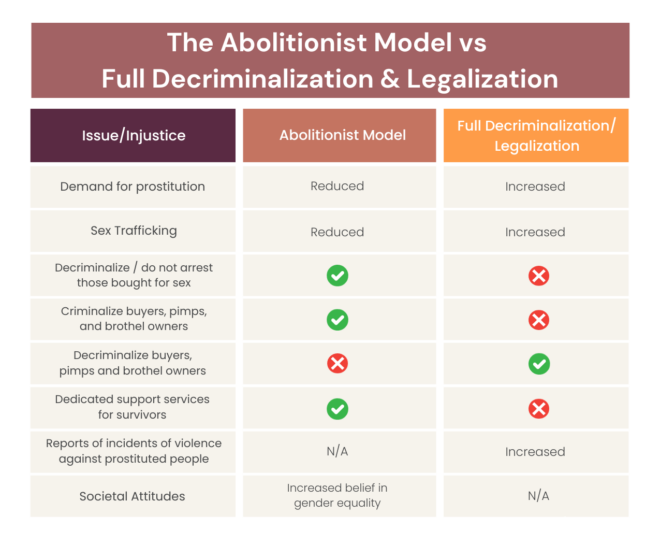
Why Decriminalize Prostituted Women?
The Abolitionist Model was developed by listening to survivors of the sex trade. At the heart of this model is the belief that treating prostituted or trafficked persons as victims of a crime, not criminals themselves, is a critical first step in fighting for an exploitation-free world.
Essentially, prostitution is a coercion continuum. On one end of the scale, you have women who have been explicitly trafficked and the coercion is obvious. And on the other side, you have women for whom prostitution appears from the outside to be more of a choice.
But, when you pull back the veil and look at the real lives of these women, it becomes clear that prostitution can be more accurately described as “the choice of those with the fewest choices.”
Many prostituted women and children come from families broken by poverty, addiction, and mental illness. Many are homeless, orphaned, refugees, or suffer some form of social disadvantage.
Prostitution preys upon the most vulnerable in our society. Dire life circumstances act as a coercive force that compels women to engage in unwanted sex with strangers in the hope of a better life, or even simply survival. It does not make sense to criminalize this vulnerability. Instead, we should be criminalizing those that contribute to their continued exploitation.
RELATED: Is Prostitution a Choice?
The most common experience of women who enter prostitution is prior sexual abuse. In one study, 70% of women interviewed noted that childhood sexual abuse had an influence on their entry into prostitution. Another study found that 100% of the women they interviewed in France had experienced sexual assault prior to entering prostitution.
Unresolved traumatic historic sexual abuse will lead to a breakdown of a woman’s self-esteem, a distorted view of sex and men, and a propensity to dissociate from their true selves. This dissociation is a hallmark of prostituted individuals because the pain of prostitution is too great to bear without disconnecting from their reality in some way.
Violence in Prostitution
The sex trade is inherently violent and abusive. A report in the British Medical Journal of Women in Prostitution found that half of the women interviewed had experienced being slapped, punched, beaten, robbed, threatened with a weapon, held against their will, strangled, kidnapped, and/or raped.
Keep in mind that most sex buyers already have a wife or girlfriend. They aren’t merely after “sex” in this transaction, they’re after a woman’s entire body to do whatever they want with it. Sex buyers are essentially paying to inflict upon the woman whatever their deviant fantasies crave—often without her consent.
As one sex buyer shared with us during an interview, “You are looking for that human touch that porn can’t fulfill. It’s created this impossible image that women are supposed to say yes to everything you ask. And in today’s society, the only girl that’s going to say yes automatically is a prostitute…They are the manifestation of porn.”
And if the violence alone isn’t enough, the mortality rate of prostituted women is 240 times higher than the national average.
These are not job hazards. These are statistical probabilities that women in prostitution will be physically and sexually assaulted and will suffer from severe mental and emotional trauma. To call prostitution a job is to whitewash one of the worst injustices humanity is facing. It’s a violation of human rights. It is a system of violence, exploitation, and inequality against women.
Address Demand: Criminalize Sex Buying
Even in a best-case scenario where a buyer doesn’t inflict degrading or dehumanizing treatment over and above the sex itself, you still have a stranger paying to have “sex” with a woman who, in most instances, doesn’t want to be there. If she’s in prostitution out of desperate financial circumstances then the sex buyer is exploiting her vulnerability. If she’s in prostitution because someone (a boyfriend, pimp/trafficker) deceived, coerced, or forced her into it, she is, by legal definition, a victim of trafficking. And of course, if she’s under 18, she’s automatically considered a trafficking victim.
RELATED: How to End Sex Trafficking
Not surprisingly, most sex buyers aren’t asking prostituted women whether or not they were trafficked before they engage in a sex act with them. They’re also not checking their IDs to see if they’re above 18.
Our film team at Exodus Cry interviewed scores of sex buyers and we asked them whether or not it would have mattered if they knew the woman was trafficked. The common answer was “no.”
As mentioned above, the demand for prostitution single-handedly drives trafficking. The money of sex buyers is what fuels the entire sex industry. Sex trafficking would end today if men stopped buying sex. It really is that simple.
The Abolitionist Model acknowledges that less demand for prostitution equals less exploitation and trafficking. This is a case of supply and demand, and that’s why it’s imperative to target demand by passing laws that deter buyers.
The Abolitionist/Nordic Model in Sweden: A Case Study
The Abolitionist Model has been most successful in Sweden where it was introduced as part of a raft of legislative measures to tackle male violence against women and girls and to address sex inequality. Sweden passed the Sex Purchase Ban in 1999, becoming the first country in the world to ban the purchasing of sexual services. This criminalized sex buying and provided counseling for those who try to purchase sex.
The Swedish government at the time viewed prostitution as violence against women and a sign of inequality. Unlike many countries today, Sweden rejected legalizing prostitution based on the fact that a majority of those in prostitution are in it because of poverty, addiction, abuse, exploitation, or coercion, not by freedom of choice.
The law also removes criminal consequences to the seller—the prostituted person—because it views this person as a victim of male violence, the “weaker partner who is exploited by those who want only to satisfy their sexual drives.”
Norway also banned the purchase of sex in 2009. Because of the Sex Purchase Ban in Sweden and Norway, both countries have a significantly smaller prostitution market than other European countries of similar population size. In Sweden, street prostitution was cut by 76% from 1999 to 2008. According to several sources, in 1998, there were an estimated 2,500-3,000 women in prostitution. By 2003, that number dropped to an estimated 1,500, a 40% decrease in just 5 years. By 2008, that number dropped to just 300.

Contrast these figures to Sweden’s Nordic neighbors Denmark and Finland. In Denmark, 5,500 to 7,800 women are prostituted every year, even though Denmark’s population is only about 60% of Sweden’s. With Finland, the difference is even more staggering. While Finland’s population is about the same as Denmark’s, “approximately 10,000 to 15,000 women from Estonia, Russia, Latvia, and Lithuania are prostituted in Finland every year.”
The Nordic or Abolitionist Model also effectively helped change public opinion towards prostitution as a whole. In 1996, only 45% of women and 20% of men in Sweden were in favor of criminalizing male sex purchasers. By 2008, those numbers had risen to 79% of women and 60% of men.
Legalization and Full Decriminalization Leads to More Trafficking
Legalization and full decriminalization, the legal models that allow sex buyers, pimps, and brothel keepers to freely operate, only lead to further abuse and exploitation of women.
In a few countries, like the Netherlands and Germany, prostitution is fully legal. The government regulates and taxes brothels and usually imposes legal requirements (like registration and periodic medical examinations) on prostituted individuals, who are recast as “sex workers.”
In 2013, the London School of Economics performed the largest study ever done on the legalization and full decriminalization of the sex trade. After examining 150 countries, the study concluded that when the sex industry is fully decriminalized or legalized, the market and demand increases, therefore women and children trafficked into the sex trade also increases.
RELATED: Is ‘Sex Work’ a Legitimate Job?
A 2012 study used econometric analysis to investigate the impact of legalization on trafficking, finding that “countries where prostitution is legal experience a larger reported incidence of human trafficking inflows.” Similarly, a 2013 study confirmed that sex trafficking is least prevalent in countries where prostitution is illegal (countries that have passed prohibitionist laws or the Nordic model).
Legalization invariably results in an increase in trafficking. There is now a growing body of empirical literature that links legalization with increased trafficking. In fact, there is not a single empirical study that would suggest otherwise.
This fact alone would suffice to argue that legalization and full decriminalization are dangerous to society.
Many advocates of full decriminalization argue that decriminalizing prostitution will make women in the sex trade feel safer and more likely to report crimes to authorities. However, that has been proven false in several cases.
In fact, a 2008 study by the government of New Zealand – which legalized prostitution in 2003 – shows that rates of violence did not decrease when the sex trade was legalized, nor did prostituted persons report feeling safer or being more likely to report to authorities violence they experienced in the sex trade.
Sabrina Valisce, who was prostituted in New Zealand both before and after they decriminalized the sex trade, shared “I thought it would give more power and rights to the women… But I soon realized the opposite was true.”
A study of prostitution across nine countries, the largest study on prostitution ever conducted, found that of those in prostitution:
- 95% experienced sexual harassment which in the United States would be legally actionable in a different job setting
- 65-95% were sexually assaulted as children
- 70-95% have been physically assaulted
- 60-75% were raped while in prostitution
It should be noted that most countries in this study had passed legislation that legalized or decriminalized prostitution.

The Legislative Answer to Prostitution: The Abolitionist Model
A just and equitable society would never view the buying of another human being as inevitable, acceptable or normal. Prostitution can never be made safe because it is inherently exploitative. Every other legislative approach to prostitution results in the continued abuse of women and their bodies. This is why the adoption of the Abolitionist Model worldwide is so critical.
Exodus Cry supports this model because it’s the most effective legislative model for abolishing trafficking and sexual exploitation.
Exodus Cry’s 2011 documentary Nefarious: Merchant of Souls, uncovered the realities of the global sex trade, told the stories of trafficking and prostitution survivors, and presented the Abolitionist Model (dubbed the Swedish Model in the film) as the key legislative solution to this injustice.
This film was seen by millions around the world, including legislators in multiple countries, and some of those countries have since passed the Abolitionist Model.
The European Union voted in favor of a resolution to criminalize the purchase of sex in 2014 and, in addition to Sweden, the Abolitionist Model has now been adopted in Norway, Iceland, Northern Ireland, Ireland, Canada, France, and Israel.
We’re encouraged to see its adoption begin to take root worldwide, yet there are many more victories to be won in this critical landscape. This is one of the most important fights of our generation and we truly believe this one law can shield millions of people from being trafficked and exploited. Don’t buy the narrative of sex buyers, pimps, and traffickers.
Let’s be bold in speaking the truth and, when possible, voting for laws that criminalize sex buying. Let’s make the buying and selling of bodies an injustice for the history books, not modern society.
Last year we took our latest film, Buying Her, on a tour around the world. Buying Her focuses on the lives of sex buyers, telling their stories and looking at how they got to the place of wanting buy another person for sex. The film inspired many people, even legislators, to take action and advocate for the Abolitionist Model in their states and countries. Well we have some exciting news! Buying Her will finally be available to the public this fall! Sign up for our newsletter to be the first to access this ground-breaking film!
Join the movement!
Subscribing to our email list connects you with the heartbeat of the movement to end commercial sexual exploitation.


